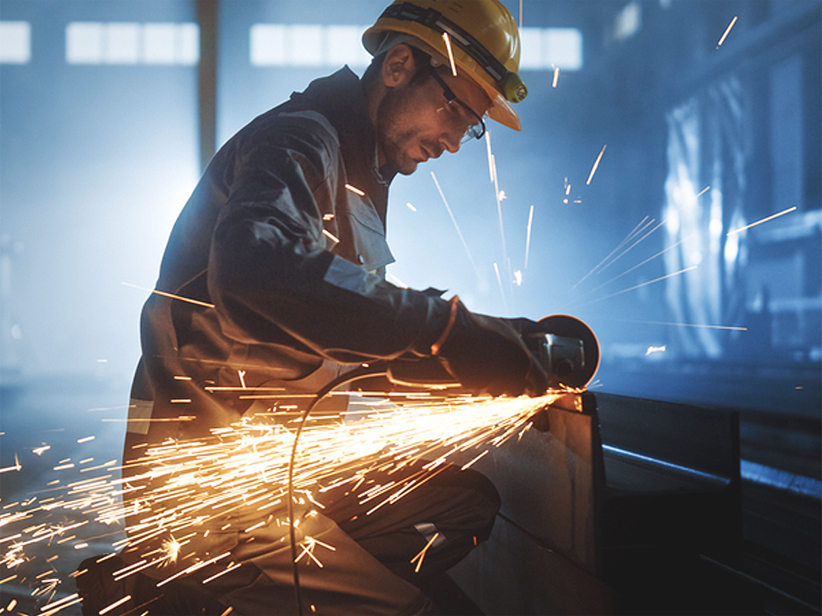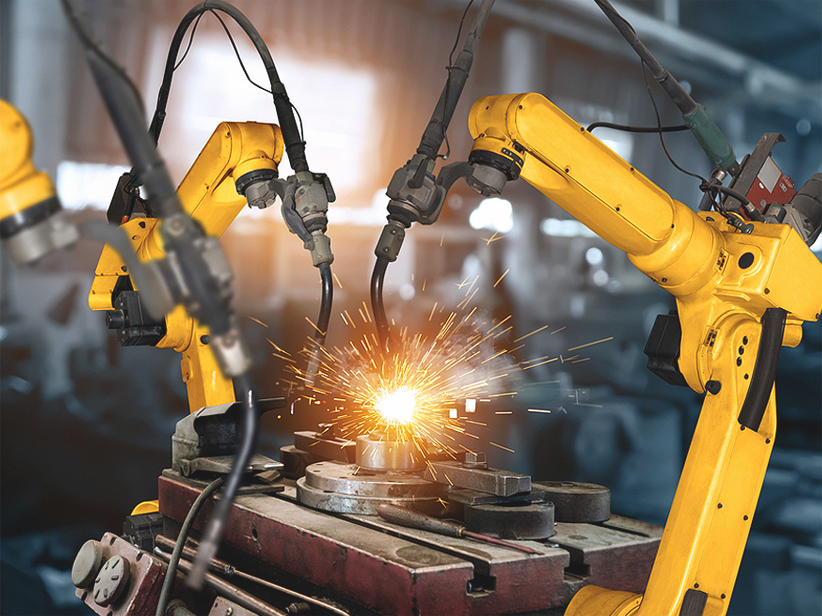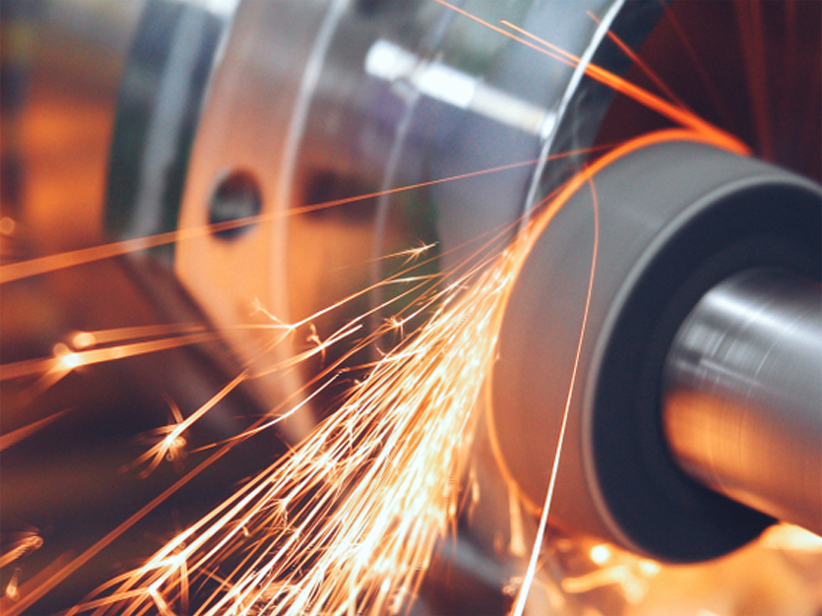How To Select Mig Wire ?
Fabricators and manufacturers are facing a catch 22 situation– Stiff competition among them is forcing them to bring down the production costs, but the escalating costs of labor, raw materials, energy, transportation are resisting them. But still in pursuit of lower production costs, they carefully analyze each and every aspect and scout for the cost reduction avenues. Welding, being a vital cog in the manufacturing segment, usually becomes the first victim. This is probably one of the biggest mistakes they commit, says, Venus wires, one of the leading MIG welding wire manufacturers in India.
Many manufacturers have the opinion that reduction in production costs can be achieved by switching over to a lower cost welding wire or technology. But in reality, it backfires and lands them in a situation of reworking the job, which is still more costly than the actual one. What is the way out? Selecting a proper MIG wire for welding can save substantial amount of cost by maintaining quality and avoiding rejections.
It is not without reason, several variants of MIG wires are provided for different surface conditions and applications. For instance, ER70S, a popular series for welding mild steel joints has several variants. While ER70S-3 is for oil free, contaminant free base materials, ER70S-6 is employed for substrates that have surface contaminants and mill scales. It goes without saying that the former is cheaper than the latter. The problem arises when ER70S-3 is employed for welding a surface which is not prepared. Although the joint would be fairly good, silicon island formed at the weld joint may either flake off or create a remark of slag inclusion in the radiography report and demand reworking.
Similarly, while welding advanced high strength steel (AHSS) without properly matching the properties of electrodes, it is quite possible to witness weld defects and bad weldment strength in the heat affected and weld zones. As AHSS is gaining high demand in automotive industries, it calls for selection of premium electrodes.
It is true that the actual cost of welding wires is not even one-tenth of the total value, but a wrong selection may lead to complete rework. Hence, for any welding process, it is very much essential for design engineer, weld engineer, and welding wire manufacturer to sit across the table and decide the suitability of each and every wire. Type of weld wire with respect to size and chemical composition plays an important role in achieving. In fact as one of the leading MIG wire suppliers, we would also like to stress upon the importance of packaging.
It should be borne in the mind that only a proper composition of welding wire can render consistent welding performance. American welding society (AWS) has categorically defined two methods for analyzing the chemical composition of welding wires.
- The first method, through heat number, relies on the sample analysis of the molten steel. But it should be noted that the sample size is very low when compared to the quantum of molten steel.
- The second method works on the principle of controlling the chemical composition. Each and every coil of the raw material is analyzed twice to ensure the chemical composition before it is introduced in the production line. As the ratio of sample to the lot size is greater than the previous method, it certainly presents a good chance of additional consistency.
In the first place we are not talking about the right diameter wire that should be chosen for the job, but on the importance of consistency of wire diameter. While undersize wires can erode the tip ID due to arcing, an oversized wire may lead to plethora of problems – tip blocks, larger feeding force, and wire slippage. A good consistency wire can be achieved through proper quality control checks and inspection with laser micrometers.
Several packaging options – right from open spool wire system to packaged wire drum are available for the manufacturers to choose from. While a heavily built up inventory may be economical, it poses the problem of rusting and reduced floor space. Hence as a thumb rule, manufacturers should choose the package size that gets depleted in a period of 5 to 6 weeks.
MIG welding is a highly economical and productive practice, provided if good quality control practices for wire selection are adopted. In short, a good selection of welding wire is the first step towards cost reduction.







